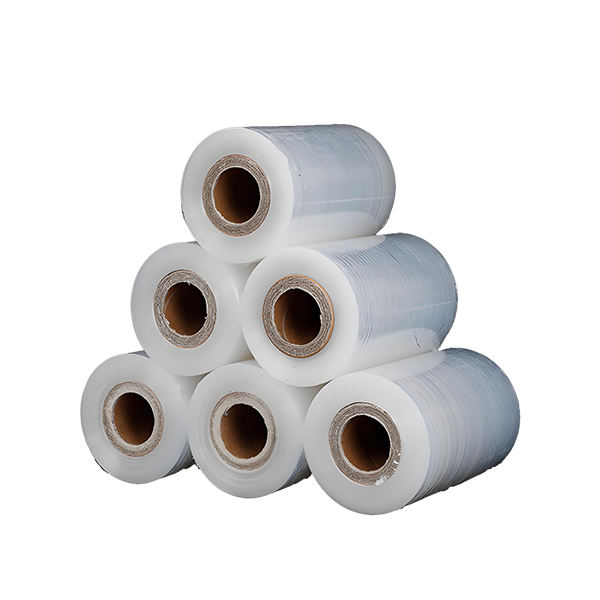Unveiling the Drawbacks: A Comprehensive Analysis of LaserJet Printers
In the realm of printing technology, LaserJet printers have carved a niche for themselves, particularly in office environments where speed and efficiency are paramount. However, while these printers boast numerous advantages, it is crucial to examine their disadvantages to make informed purchasing decisions. This article delves into the less-discussed drawbacks of LaserJet printers, providing a nuanced understanding for potential buyers.
- High Initial Cost
One of the most significant disadvantages of LaserJet printers is their initial purchase price. Compared to inkjet printers, LaserJet models often come with a higher upfront cost. This can be a deterrent for small businesses or individuals with limited budgets. While the long-term savings on toner and maintenance may offset this initial investment, the barrier to entry remains a critical consideration.
- Size and Weight
LaserJet printers tend to be bulkier and heavier than their inkjet counterparts. This can pose challenges for users with limited workspace or those who require portability. The larger footprint of LaserJet printers may necessitate dedicated office space, which could be a disadvantage for home offices or small businesses where every square foot counts.
- Warm-Up Time
Unlike inkjet printers that can start printing almost instantly, LaserJet printers often require a warm-up period. This delay can be frustrating in fast-paced environments where quick printing is essential. Although newer models have improved warm-up times, it remains a factor to consider, especially for users who need immediate results.
- Limited Color Range
While LaserJet printers excel in producing sharp text and graphics, they may not match the color vibrancy offered by high-end inkjet printers. For users whose printing needs include high-quality photo reproduction or color-rich graphics, LaserJet printers may fall short. The color gamut of LaserJet printers is typically narrower, which can affect the overall quality of color prints.
- Toner Costs and Environmental Impact
Although LaserJet printers are known for their efficiency in terms of page yield, the cost of toner cartridges can be substantial. Users may find themselves spending a significant amount on replacement toner, especially if they print frequently. Additionally, the environmental impact of toner cartridges, which are often not recyclable, raises concerns for eco-conscious consumers. The disposal of these cartridges contributes to landfill waste, making it a critical issue in today's environmentally aware society.
- Maintenance and Repairs
LaserJet printers require regular maintenance to ensure optimal performance. This includes cleaning the printer, replacing worn-out parts, and managing toner levels. While many users may overlook this aspect, neglecting maintenance can lead to decreased print quality and increased repair costs. Moreover, when repairs are needed, they can be more complex and costly compared to inkjet printers, which may deter users from investing in LaserJet technology.
- Noise Levels
Another often-overlooked disadvantage of LaserJet printers is their noise levels during operation. While some models are designed to operate quietly, many LaserJet printers can be quite loud, especially during the printing process. This can be disruptive in quiet office environments or home settings, where noise pollution is a concern.
Conclusion
While LaserJet printers offer numerous benefits, including speed, efficiency, and high-quality text output, it is essential to consider their disadvantages. From high initial costs and maintenance requirements to limitations in color reproduction and environmental impact, potential buyers should weigh these factors against their specific printing needs. By understanding the full spectrum of advantages and disadvantages, users can make informed decisions that align with their operational requirements and budget constraints.



